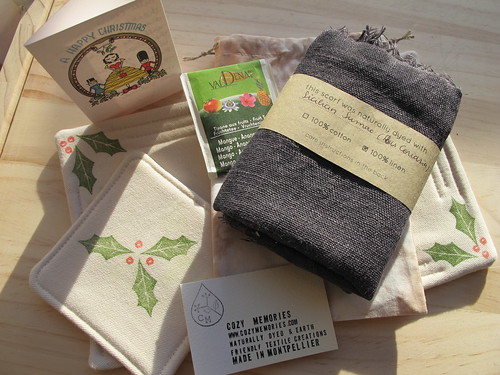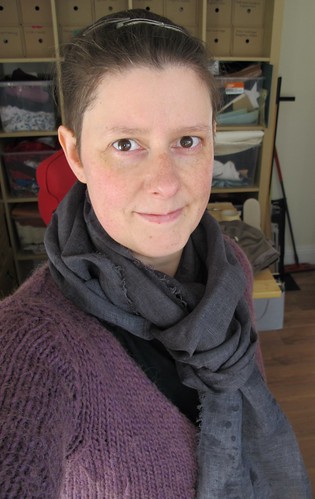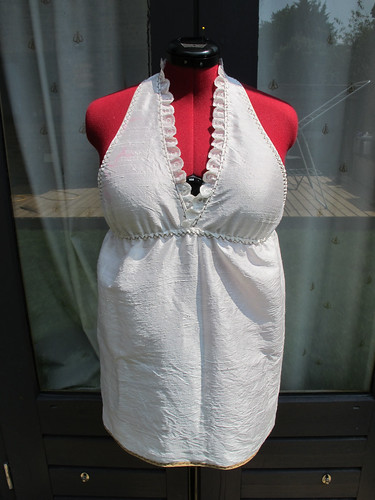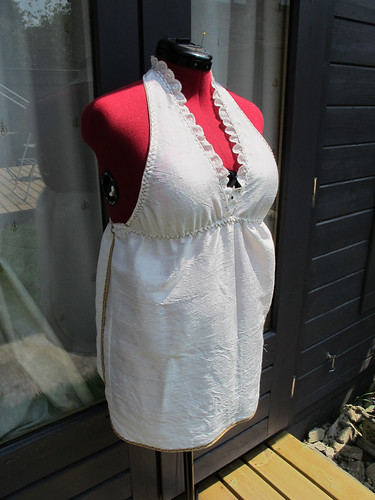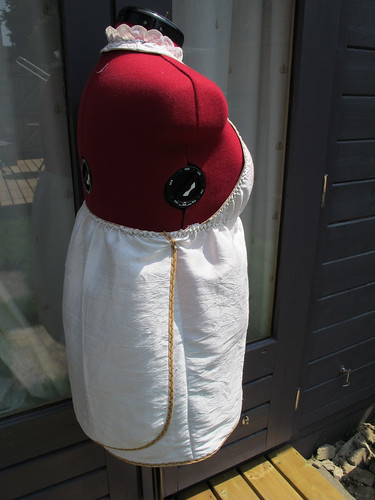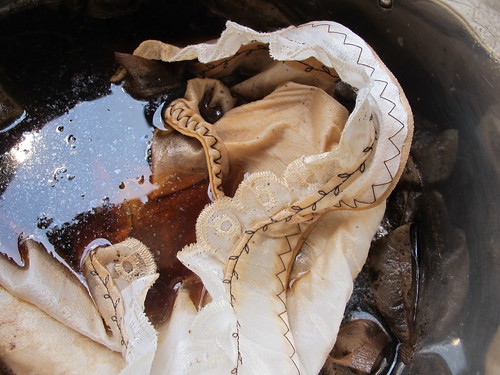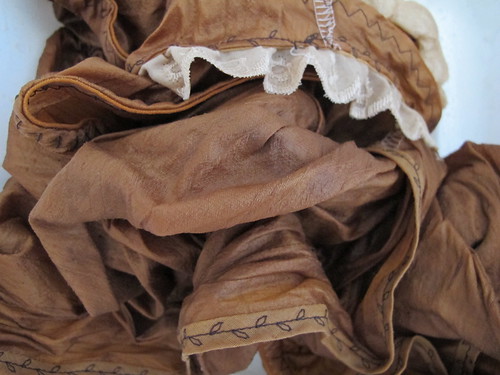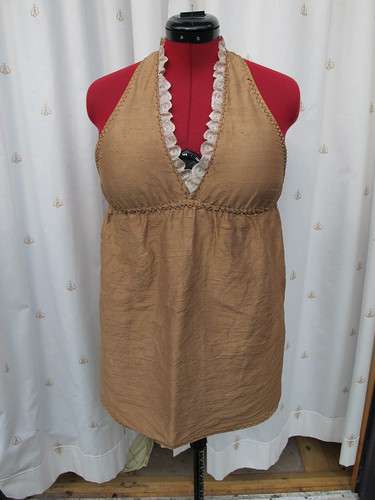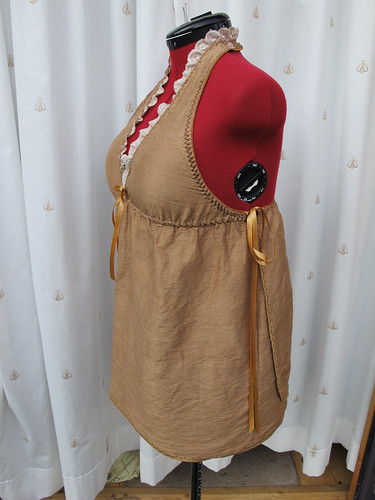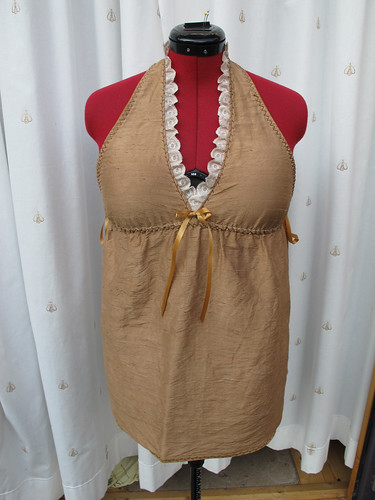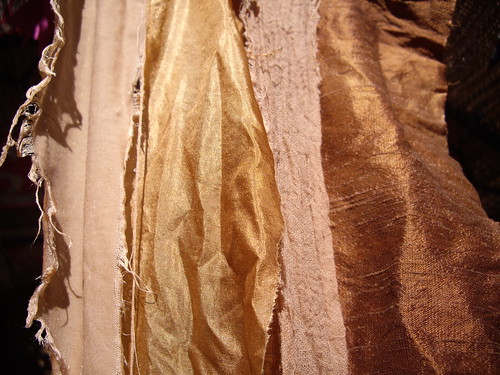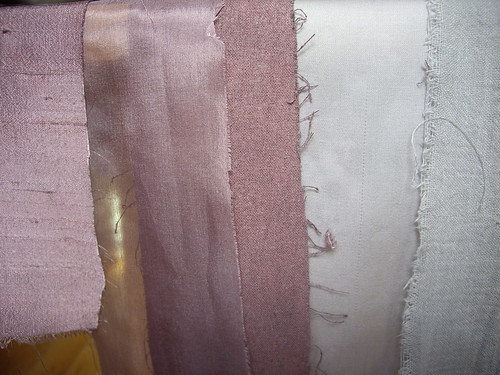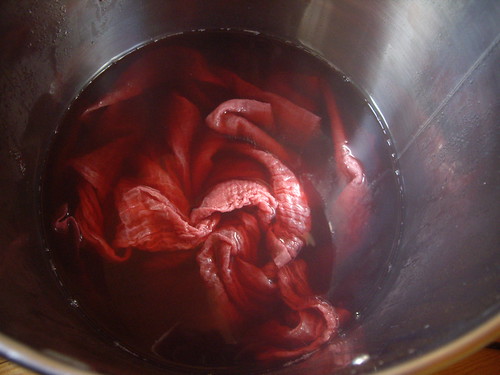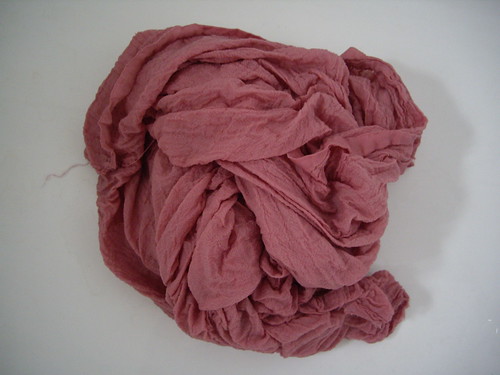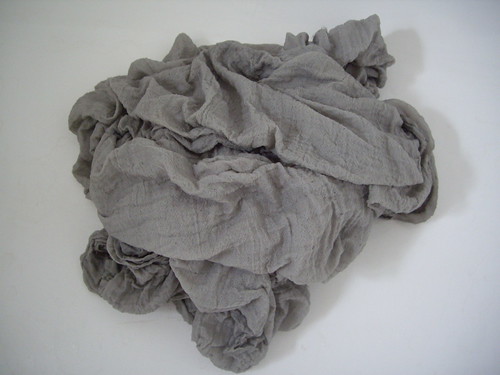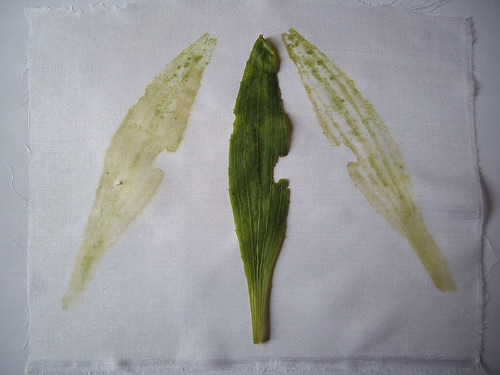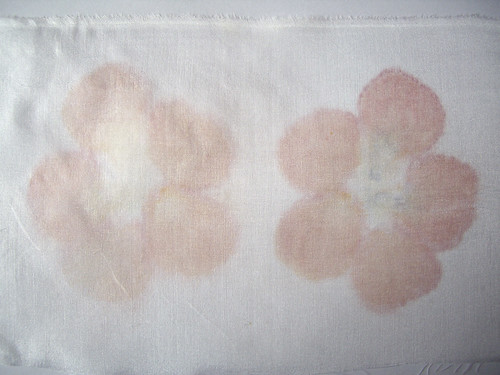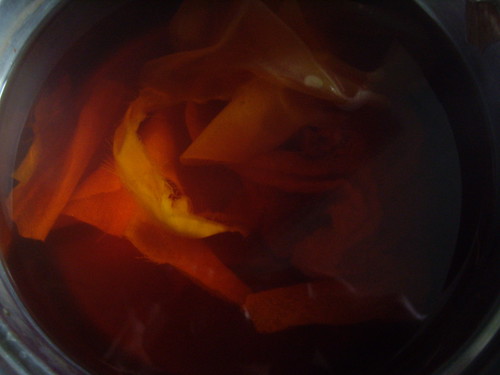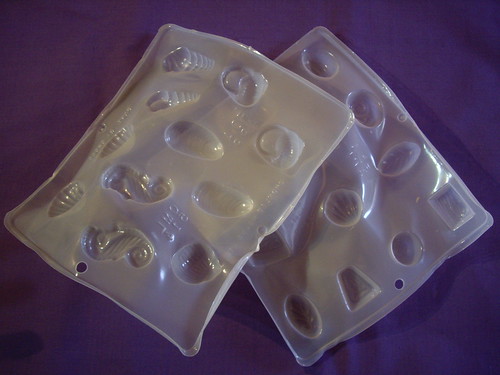Look at all these lovely goodies! I recently entered a giveaway on Facebook, when Sonia of Cozy Memories reached 500 Likes. I was very surprised to find out that I’d actually won – and here’s my prize!
I was expecting to receive the festive Mug Rug, shown at the bottom – a lovely organic cotton coaster with room for a biscuit on the side. I was also expecting the scarf, which I chose with a voucher that was part of the prize. I wasn’t expecting the matching square coaster, the lovely handwritten card, and the delicious tea bag! The scarf came in a lovely hand-dyed drawstring bag too, which looks to be just the right size for storing my tarot cards.
Best of all – everything is made by hand, with natural materials. The linen scarf is dyed with Sicilian Sumac, sourced locally to Sonia, and the colour is a gorgeous grey-toned purple. I had a really hard time choosing which item I wanted from her shop, as everything is so lovely! I was very taken with this zipped pouch, dyed to the same colour and decorated with a ginkgo leaf.
In the end I decided to choose something that I could wear often, and that would fit in with my wardrobe. I have a lot of clothes in variations of black, grey and purple, so this scarf will go with all of them! I especially like the variations in the dye that you can see in the photo above. They add a lovely depth to the fabric, and a reminder of the natural dyeing process.
In the spirit of paying things forward, I’ll be having a giveaway on The Eternal Magpie Facebook page, when I reach 100 Likes. Now I just need to choose something that I think people would actually like to win!

